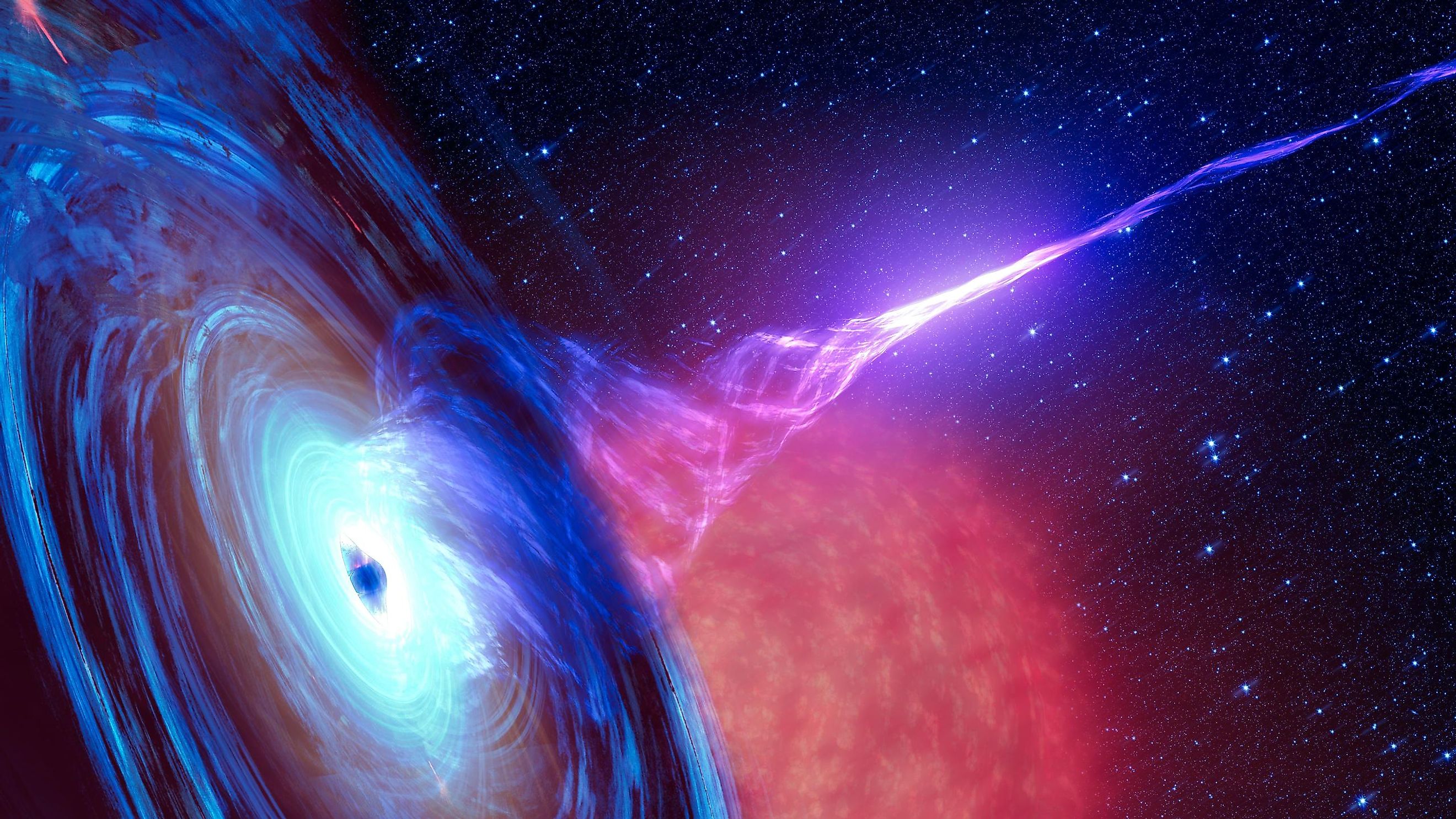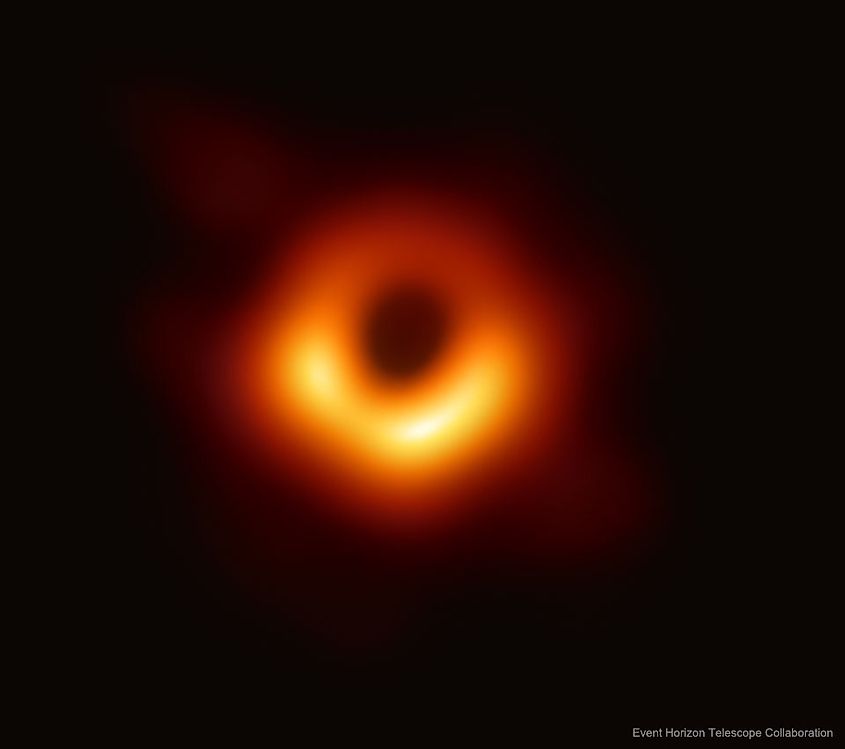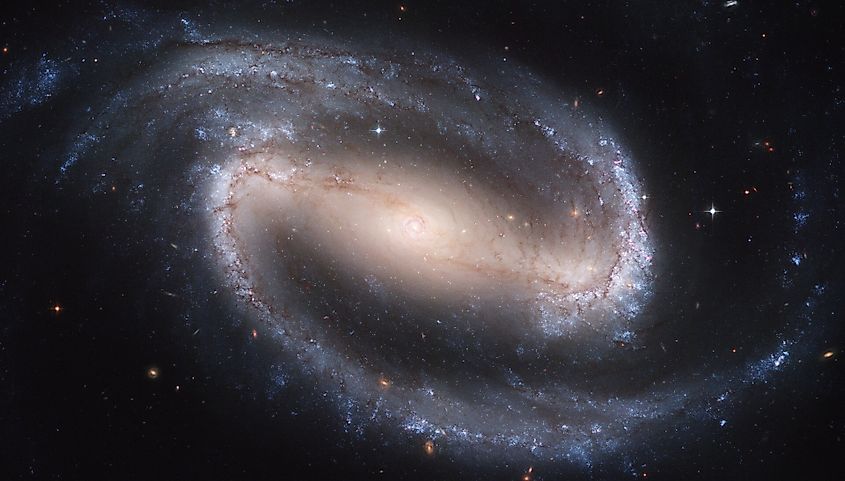
How Do Black Holes Form?
Black holes are among the most intriguing and mysterious objects in the universe. A black hole is defined as any object whose gravitational pull is so strong that nothing, not even light, can escape. Since light is the fastest thing in the universe and the source of information in the cosmos, no information can escape the interior of a black hole, hence the reason why they are shrouded in mystery. Although black holes can vary significantly in size and mass, one thing they all have in common is that they are all surrounded by a region called an event horizon. It is this region where gravity becomes so strong that not even light can escape. Thus, events that occur within the horizon have no influence on events that occur outside. How exactly do black holes form?
Gravitational Collapse

Black holes form through the gravitational collapse of matter. Theoretically, any object can become a black hole if it collapses far enough. Every object, including the Earth, has what’s called a Schwarzschild Radius. The Schwarzschild Radius is the size at which an object will become a black hole through gravitational collapse. For example, the Schwarzschild Radius of the Earth is about 0.35 inches (0.88 centimeters). If the Earth were to somehow collapse to this radius, it would become a black hole.
Black holes generally form when a massive star has reached the final stages of its life. Every star is powered by the process of nuclear fusion, wherein the high temperatures and pressures within a star’s core allow atoms to fuse together to form heavier atoms, releasing a tremendous amount of energy in the process. For stars, the primary fuel used in nuclear fusion is hydrogen since it is the lightest and easiest element to fuse into heavier elements. However, every star contains only a finite amount of hydrogen, and eventually that fuel starts to run out. When a massive star starts to run out of hydrogen fuel, heavier elements begin building in the core like ash in a fireplace. Without the energy produced by nuclear fusion, there is nothing left to counteract the immense gravitational pull of the star and it begins to collapse. As the star collapses, however, increased pressures allow for the fusion of even heavier elements, giving the star more fuel for a time. For the most massive stars, the process of nuclear fusion will continue until iron is formed within the core. Once iron forms, the star’s fate is sealed. This is because the fusion of iron requires more energy than it releases, and so rather than being an energy contributor, iron is an energy absorber. The gravitational pull of the star takes full control and the star collapses in on itself.
What happens after a star collapses will be dependent upon its mass. Stars that are 2 to 3 times the mass of the sun will become neutron stars, and the remaining layers of the star will explode as a supernova. When a star exceeds this mass range, however, the gravitational collapse of the star continues until the gravitational pull becomes so strong that not even light can escape. Once this occurs, the core of the star becomes a stellar black hole.
Supermassive Black Holes

The process described above explains how stellar black holes form, yet there is another type of black hole that is simply too large to have formed directly from the gravitational collapse of a star. These types of black holes are called supermassive black holes, and they generally reside in the cores of massive galaxies. Even our home galaxy, the Milky Way, contains a supermassive black hole with a mass of over one-million suns at its core. Others can be many billions of times more massive than the sun. Supermassive black holes are far too massive to have formed from the gravitational collapse of a star, and as of yet, their origin remains a mystery. There are two leading ideas on how they may have formed. First, supermassive black holes may have formed from the gravitational collapse of gas clouds in the early universe, perhaps prior to the formation of the first stars themselves. Second, they may have formed through the accumulation of hundreds of stellar black holes that collided and merged together.











